HMB, or Beta-hydroxy-beta-methyl-butyric acid, first hit supplement store shelves in the 1990s. Back then it was touted as a breakthrough product that could increase muscle and decrease body fat.
However, the science needed to affirm these claims were thin on the ground. Researchers have for years been divided on the exact benefits of HMB and the mechanism by which it is able to boost strength and shed fat.
As a result, standalone HMB supplements soon lost their lustre. But recent research has revived this once acclaimed ingredient, which is a metabolite of the highly anabolic essential amino acid leucine.
HMB on the rise again
In particular, recent research suggests that a newer form – HMB free acid (HMB-FA) – helps to increase cell absorption and retention.
A 12-week randomised, double-blind, placebo-controlled study on the effects HMB-FA supplements on muscle growth, body composition, strength and power in trained individuals, published in the European Journal of Applied Physiology in 2014, found that HMB-FA resulted in increased strength in exercises such as bench press, squat and deadlift.
This study also found that HMB ingestion, when combined with a structured exercise routine, resulted in greater declines in fat mass in the individuals tested.
Stacking HMB for better results
There are also strong indications that creatine and HMB reinforce each other’s effect on muscle mass – good news for athletes who want to boost their performance in the gym.
That is also why you’re more likely to find HMB included in creatine supplements as part of a transport system due to its effects on absorption, rather than standalone HMB products.
And recent research released this year has also revealed a link between combined creatine and HMB products and increases in testosterone production. And we all know that more test equals more strength and more muscle growth.
A super testo booster
One study, published in the journal Biomolecules, found that the benefits derived from a blended product exceeded those of taking both products in isolation.
When the researchers gave study participants a combination of creatine monohydrate and HMB for 10 weeks, the blended regimen increased both testosterone and testosterone-to-cortisol (T/C) ratio, compared with the other groups.
And this T/C ratio is important because it can indicate your body’s degree of anabolism, or its muscle-building state. Testosterone is an anabolic hormone, whereas cortisol is catabolic – it can break down muscle tissue. When you have more cortisol than testosterone, you’re likely losing muscle instead of gaining it.
The researchers concluded that “this combination presented a synergistic effect on testosterone and T/C and an antagonistic effect on cortisol compared with the sum of individual or isolated supplementation.”
So next time you’re at Dis-Chem, look out for the various creatine and HMB combined products to get more out of your training and supplementation.

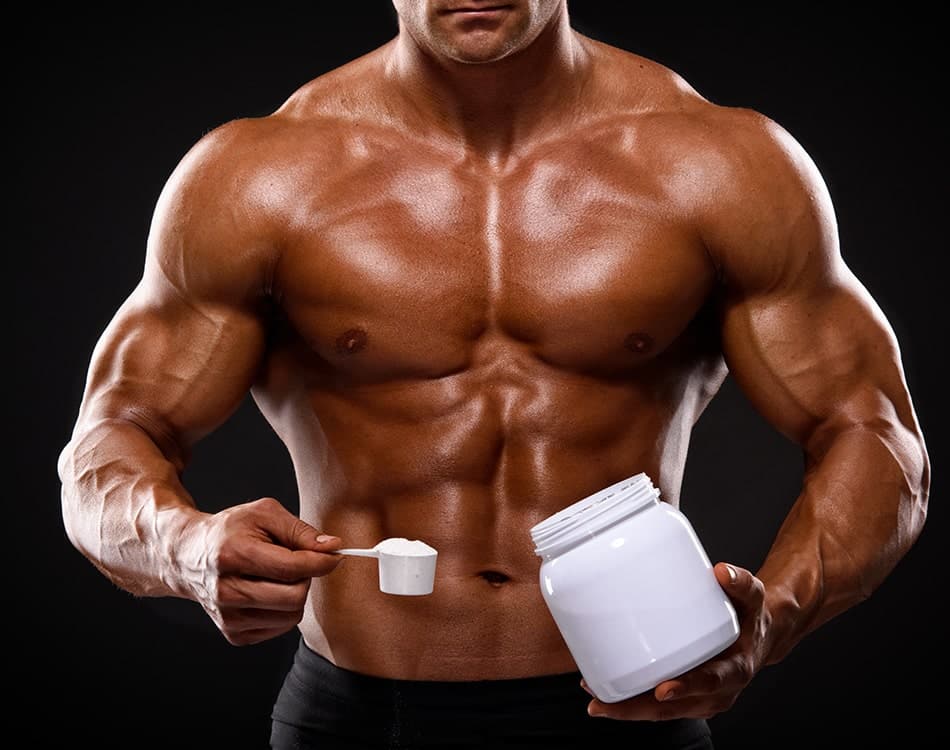


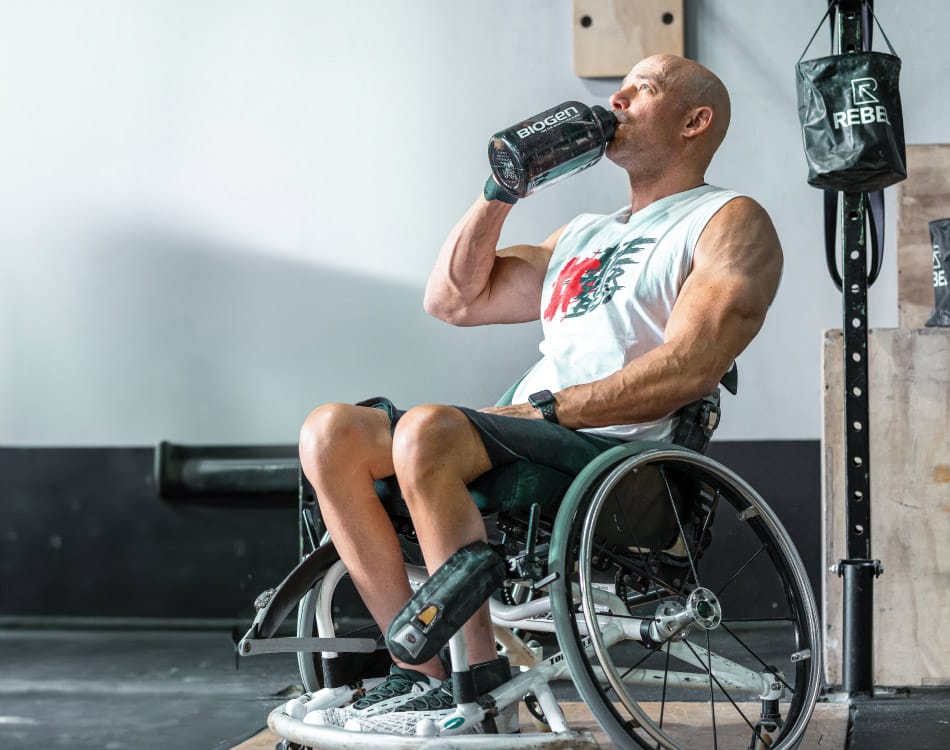

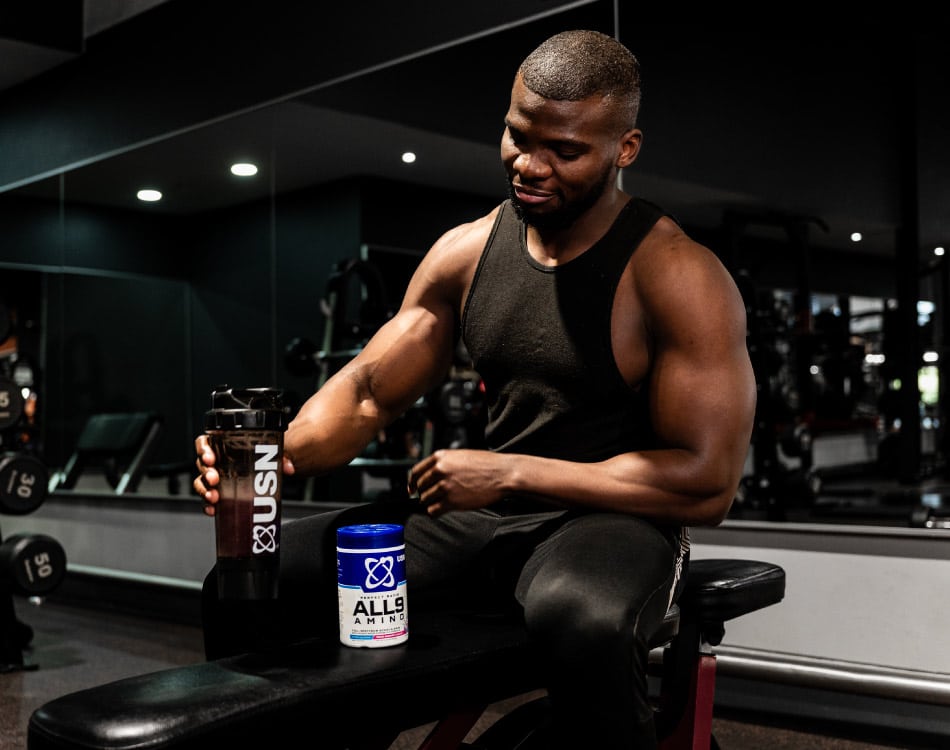


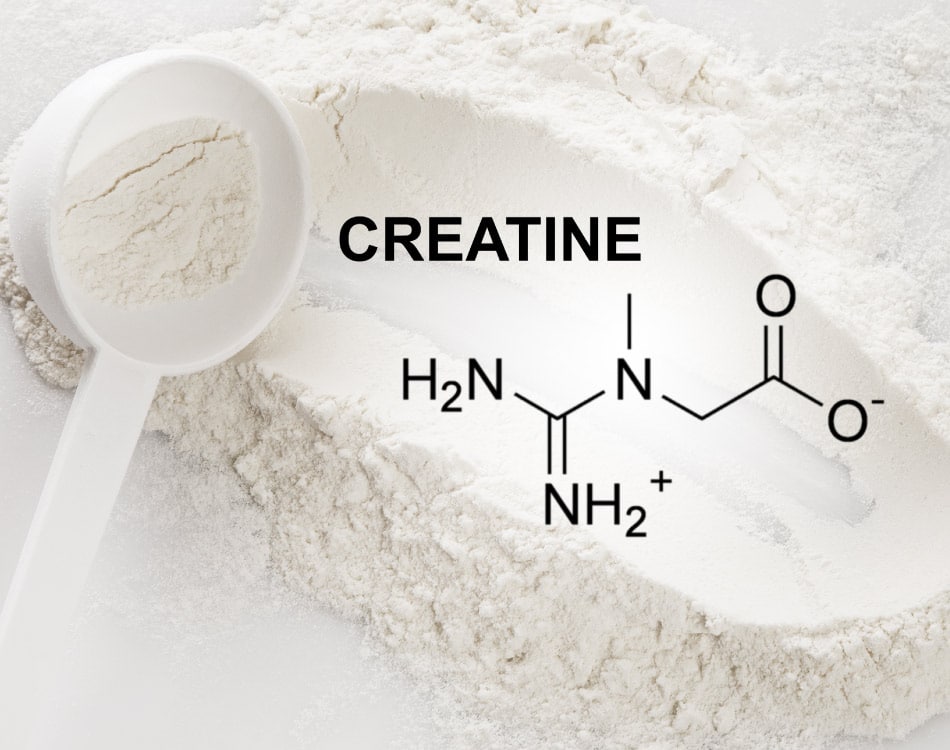
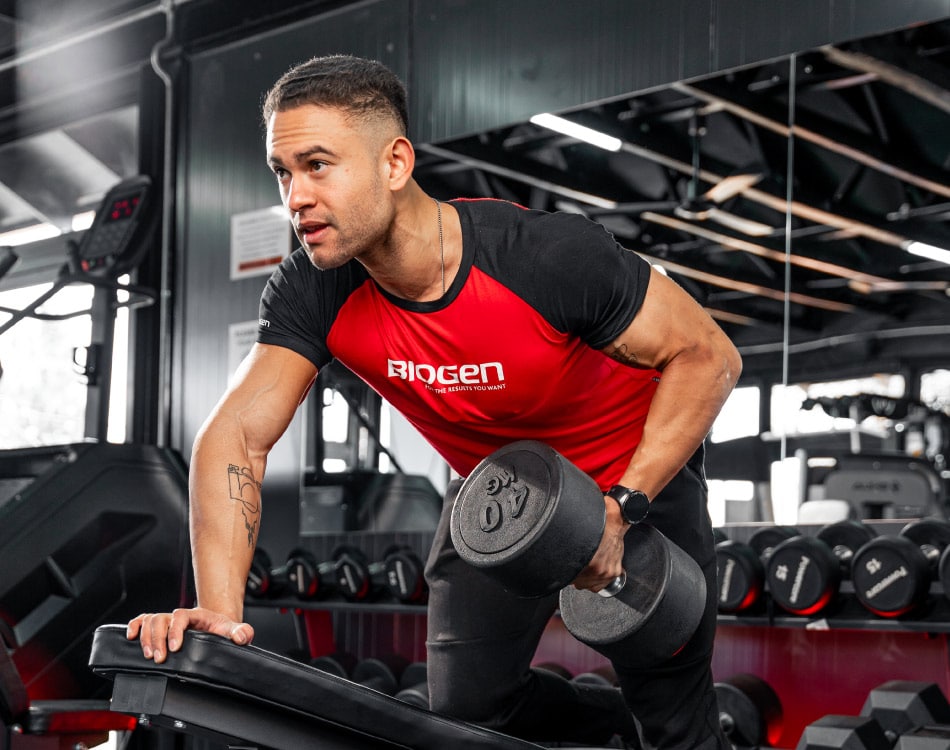






Leave A Comment